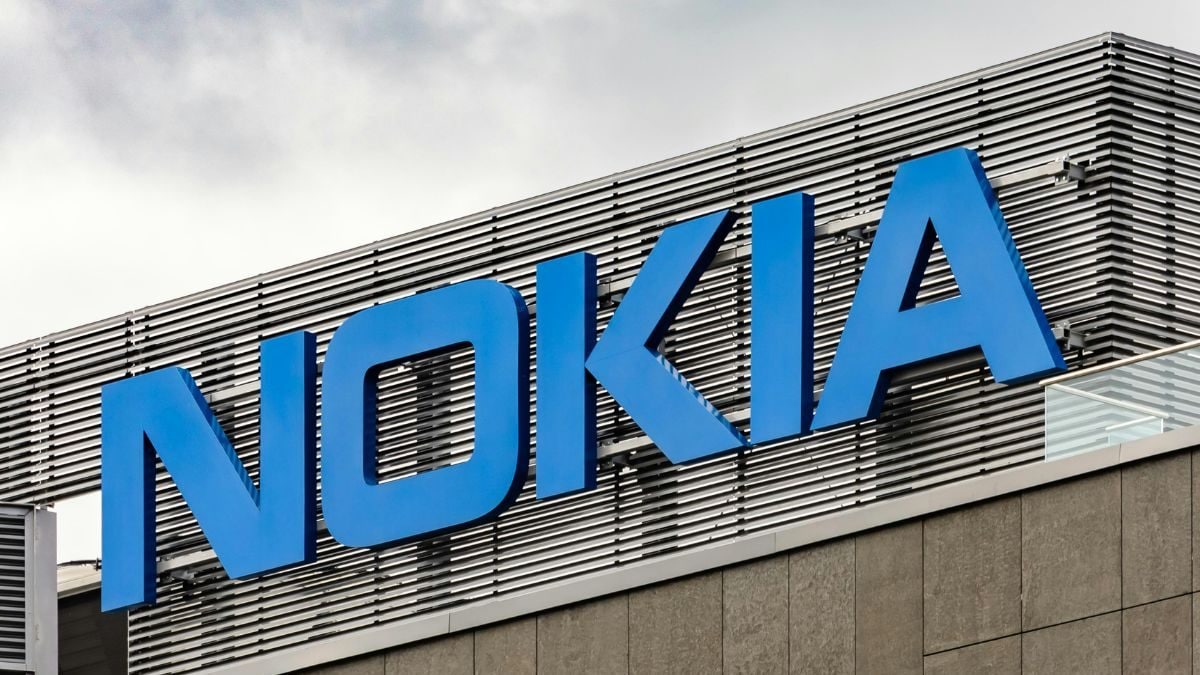Nokia’s recent decision to lay off thousands of employees across its global operations underscores the ongoing cost-cutting measures that the company is taking to ensure its competitiveness in the rapidly evolving technology landscape. These layoffs, affecting around 2,000 employees in Greater China and 350 in Europe, are part of a broader restructuring plan aimed at streamlining operations and improving profitability. While this move reflects the economic challenges and competitive pressures that Nokia faces, it also highlights the company’s strategic focus on efficiency and achieving financial stability.
Impact of the Layoffs on Nokia’s Workforce
The announced layoffs represent a significant cut to Nokia’s workforce, impacting 20% of its employees in Greater China and a smaller percentage in Europe. While these cuts are aimed at reducing operational costs, they come with significant implications for the employees who are affected. The loss of jobs and the potential disruption to their careers can have a substantial impact on their livelihoods and well-being.
Restructuring and Reorganization
Nokia’s cost-cutting measures go beyond mere layoffs; they encompass a broader strategy of restructuring and reorganization. These changes aim to streamline operations, reduce redundancies, and optimize resource allocation. The company is seeking to achieve greater efficiency by consolidating certain departments, realigning roles, and adopting new technologies to automate tasks. This focus on efficiency is a reflection of the competitive pressure Nokia faces from other technology companies, as well as the need to adapt to the rapidly evolving telecommunications industry.
Focus on Core Business and Innovation
Nokia’s cost-reduction plan is also aimed at prioritizing its core businesses and investing in key growth areas. This involves focusing on its strengths in network infrastructure, 5G technology, and cloud-based solutions while strategically reducing or divesting from less profitable ventures. The company is seeking to invest in research and development to stay ahead of the technology curve and deliver innovative products and services that meet the changing needs of its customers.
Investments in Strategic Growth Areas
While cost-cutting is a necessary part of Nokia’s strategy, the company is also looking to invest in areas where it sees future growth potential. This includes investments in artificial intelligence (AI), edge computing, and the Internet of Things (IoT), which are all expected to play an increasingly important role in the future of telecommunications and technology. These investments are aimed at maintaining Nokia’s position as a leading innovator in the industry and capturing opportunities in rapidly growing markets.
Challenges and Future Outlook for Nokia
Nokia’s cost-cutting strategy reflects the challenges it faces in a highly competitive and constantly evolving industry. The telecommunications market is experiencing rapid technological advancements, with players like Huawei and Ericsson pushing for greater market share. Nokia is navigating these challenges by streamlining its operations, prioritizing key areas of growth, and investing in technologies that have the potential to shape the future of the industry. While the layoffs may be seen as a sign of economic hardship, they are also part of a wider strategic plan to ensure the long-term sustainability and success of Nokia in the global technology market.
Adaptation to the Evolving Technology Landscape
The global technology landscape is evolving rapidly, and Nokia must adapt to stay competitive. This requires investing in research and development, acquiring emerging technologies, and strategically partnering with other industry players. By embracing these changes and staying focused on innovation, Nokia can navigate the challenges of a changing industry and position itself for continued success.
Conclusion
The cost-cutting measures taken by Nokia highlight the strategic challenges facing the technology sector. These measures represent an effort by Nokia to improve its profitability, strengthen its financial position, and ensure long-term growth in a rapidly changing industry. While these efforts may result in difficult decisions regarding layoffs, they also reflect a focus on key business areas and an investment in future technologies that are critical for the company’s continued success.
Key takeaways
- Nokia is making a significant strategic shift by laying off a substantial portion of its workforce as part of its cost-cutting measures.
- These layoffs reflect a broader strategy of streamlining operations, focusing on core competencies, and investing in future growth areas.
- The company is adapting to the changing dynamics of the technology landscape by prioritizing investments in key areas such as 5G technology, cloud-based solutions, AI, and the IoT.
- Nokia’s efforts to reduce costs and invest in future technologies reflect its commitment to long-term success in the telecommunications industry.









